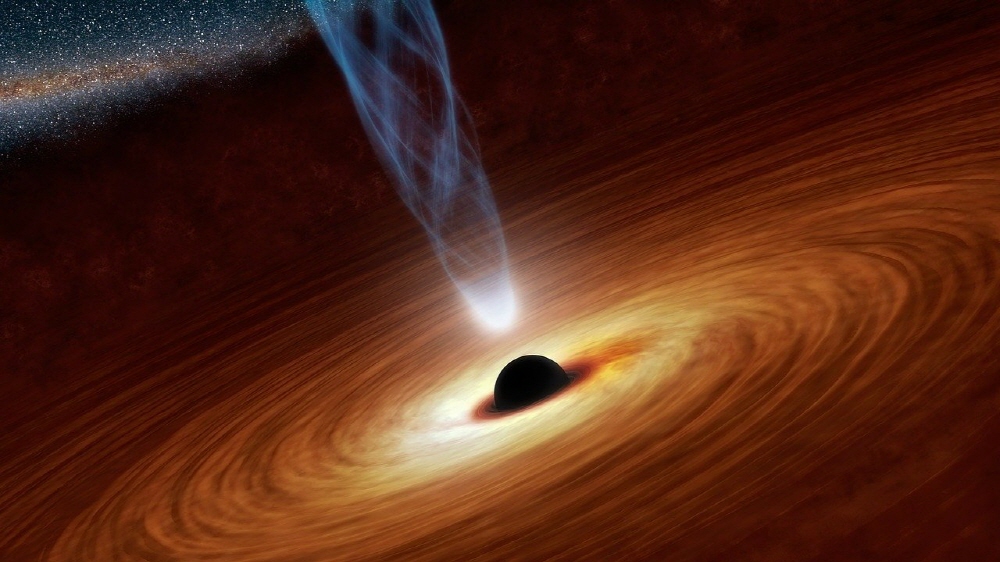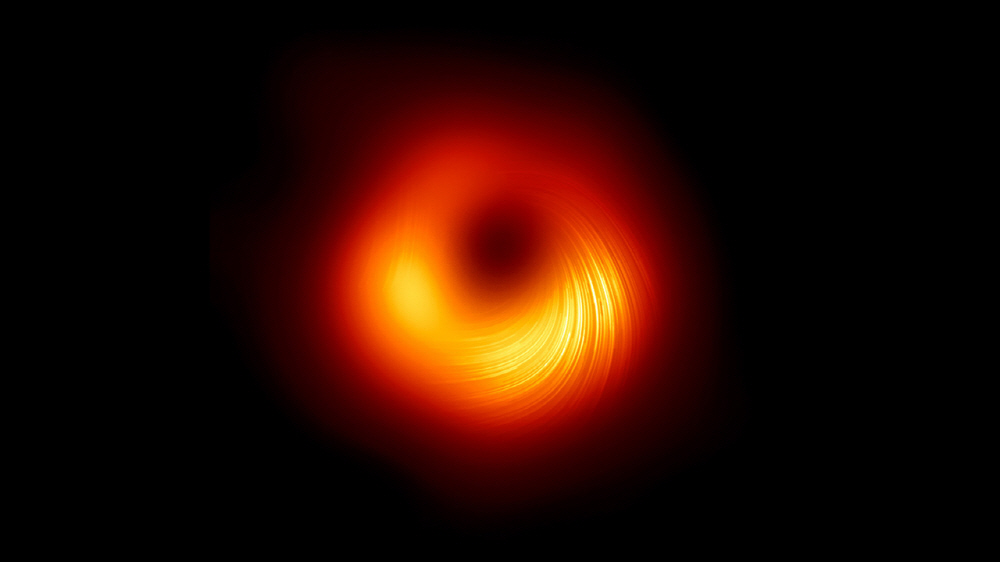
Black holes have such a strong gravity that even light cannot escape, and direct observation is impossible. What is the smallest or largest black hole ever observed by mankind?
From a classical physics point of view, a black hole is said to engulf the surrounding matter and continually increase in mass to infinity. So how do black holes grow and how big will they grow? Minimum level black holes are not even known for their existence. If it does exist, it can be thought of as the oldest atom in the universe, created after the Big Bang.
The smallest possible black hole mass is about a trillion kilograms, and its size is less than a quantum. Even if it had the same mass as the Earth, it was only slightly larger than a coin. The smallest possible black hole can be so small that it can reach so large that humanity has yet to observe it.
Speaking of a black hole that has been confirmed to exist, a black hole occurs when a celestial body is sufficiently compressed and collapsed under its own weight. The larger the original celestial mass, the larger the black hole. In today’s universe, a type of black hole called a stellar black hole occurs only when the most severe events such as neutron star coalescence and supernova explosions occur. The Sun has a mass of 1.989 × 10^30 kg, but the smallest known stellar black hole has a mass of 2.7 times that of the Sun and a diameter of 16 km.
The second smallest stellar black hole is a black hole called a unicorn that is a binary star with the red giant V723. It is 24 times the diameter of the Sun and 30 million km wide, but it can be thought of as orbiting only 17.2 km wide.
M33 X-7 has long been thought to be the largest known stellar black hole. The black hole continues to swallow nearby blue giants little by little, causing the material swirling around the black hole to heat up by friction and glow 500,000 times as bright as the Sun. M33 X-7 has a mass of only 15.65 times the mass of the Sun and a diameter of 92 km.
For a black hole to grow large, it must either swallow many stars or merge with other black holes. It is difficult to detect black hole coalescence, but there are cases of successful detection. In a galaxy 17 billion light-years from Earth, the coalescence of two massive black holes emitted gravitational waves of energy exceeding those produced by all stars in the galaxy in the last 4,400 years. The gravitational wave event GW190521, which appears to have created a new large black hole, was observed in 2019. The resulting black hole has a mass of 142 times that of the Sun.

Black holes have been discovered up to 150 times the mass of the Sun. But suddenly, a supermassive supermassive black hole, millions of times larger than the Sun, is discovered. Supermassive black holes are considered to have been created by a process different from that of stellar black holes, as there has not been the only time since the universe was born that stars were brought in and grew this large.
To explain why the supermassive black hole has grown, we use the largest object, the Quasi-Star. It is unknown whether quasars actually existed, but it could explain the process by which supermassive black holes were created.
A quasar is the size that makes the sun look like a grain of sand. In a quasar that has grown to several thousand times the mass of the Sun, it is considered that the core collapsed under its own weight at the time of the formation stage and fell into a supermassive black hole.
The supermassive black hole created in this way is heavier than the Sun and reaches a size larger than the Earth. Supermassive black holes are located at the centers of almost all galaxies. There is only one supermassive black hole in Sagittarius A, and the supermassive black hole in Sagittarius A is 4 million times more massive than the Sun.
Supermassive black holes are located at the centers of galaxies, but they do not function like the sun in the solar system. Although the Sun makes up 99.86% of the total mass of the solar system, the mass of a supermassive black hole is typically about 0.001% of the total mass of the galaxy. It is known to be maintained by the dark matter effect rather than by gravity as in the galactic solar system.
Cygnus A is said to contain a supermassive black hole 2.5 billion times the mass of the Sun and 14.7 billion km in diameter. When this black hole is replaced by the Sun, it is large enough to swallow the entire solar system. Because this black hole sucks in so much matter, the radio lobe formed by the ejected magnetism and gas is approximately 500,000 light-years in radius, equivalent to 2.5 galaxies.
Another supermassive black hole exists at the center of galaxy M87. With 6.5 billion times the mass of the Sun, this black hole was also the first black hole to be photographed in shadow.
There is also an ultramassive black hole that has such a supermassive black hole. One of these is OJ 287, which is 18 billion times the mass of the Sun, and is large enough to arrange three solar systems inside. A black hole larger than OH 287 is TON 618, which is 66 billion times the mass of the Sun and is large enough to arrange 11 solar systems inside. TON 618 can only be observed 10 billion years ago, far away from Earth. Although it is the largest black hole ever observed, there are even larger ones in the universe.
Of course, since the actual size of a black hole cannot be observed, it is derived by calculating the effect of gravity on the surrounding matter.


















Add comment